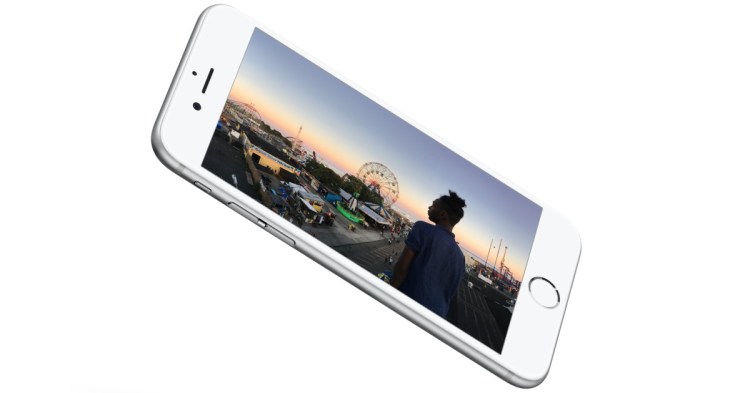iPhone sales have fallen for the first time in the device’s history.
As part of the company’s latest quarterly earnings announcement, Apple revealed today that it sold 51.2 million iPhones, 10.3 million iPads, and 4.0 million Macs during its fiscal second quarter of 2016. These aren’t the results Apple typically delivers at this time of year, but they also aren’t a complete surprise given rumors of iPhone production cuts.
In Q2 2015, Apple sold 61.2 million iPhones, 12.6 million iPads, and 4.6 million Macs. This means that year over year, iPhone sales were down 16.3 percent. Aside from the previous quarter, the company has typically managed double-digit growth. iPad sales were down 18.3 percent and Mac sales were down 13 percent.
Q2 2016 industry estimates for iPhone sales ranged between 50.87 million and 52.69 million, while estimates for iPads ranged between 9.84 million and 10.00 million. Apple thus managed to fall in the middle of both iPhone and iPad estimates. Investors saw this one coming.
The company’s iPhone business is by far the most important, but seeing iPad and Mac in the red only makes matters worse. Apple has had quarters in the past where iPad and Mac sales were down, but the iPhone still managed to turn things around. Given the first revenue decline in more than a decade, it’s really no surprise the company’s stock is down in after-hours trading.
50 million phones is nothing to scoff at, it’s just not as great as Apple has delivered in the past. Apple knew that the iPhone 6s and iPhone 6s Plus wouldn’t be enough this year, and so it introduced the iPhone SE at the end of March. Those results won’t be available until next quarter.
But even Apple isn’t expecting more growth. The company wants to shift its focus slightly from devices toward services.
“Our team executed extremely well in the face of strong macroeconomic headwinds,” Apple CEO Tim Cook said in a statement. “We are very happy with the continued strong growth in revenue from Services, thanks to the incredible strength of the Apple ecosystem and our growing base of over one billion active devices.”
Tablet sales in general haven’t been doing well, a trend that Apple has not been able to counter with the iPad. In fact, as you can see in the chart above, iPad sales have been declining year over year every single quarter since Q2 2013. Mac sales have been largely flat, with small year-over-year gains and dips every so often.
But as always, all eyes are on the iPhone. For the first time, Apple failed to deliver growth. For the second time, the company did not deliver double-digit growth. In fact, it was a double-digit decline. It will be up to the iPhone SE, and more importantly the iPhone 7 devices, to make sure this doesn’t become a new trend.


